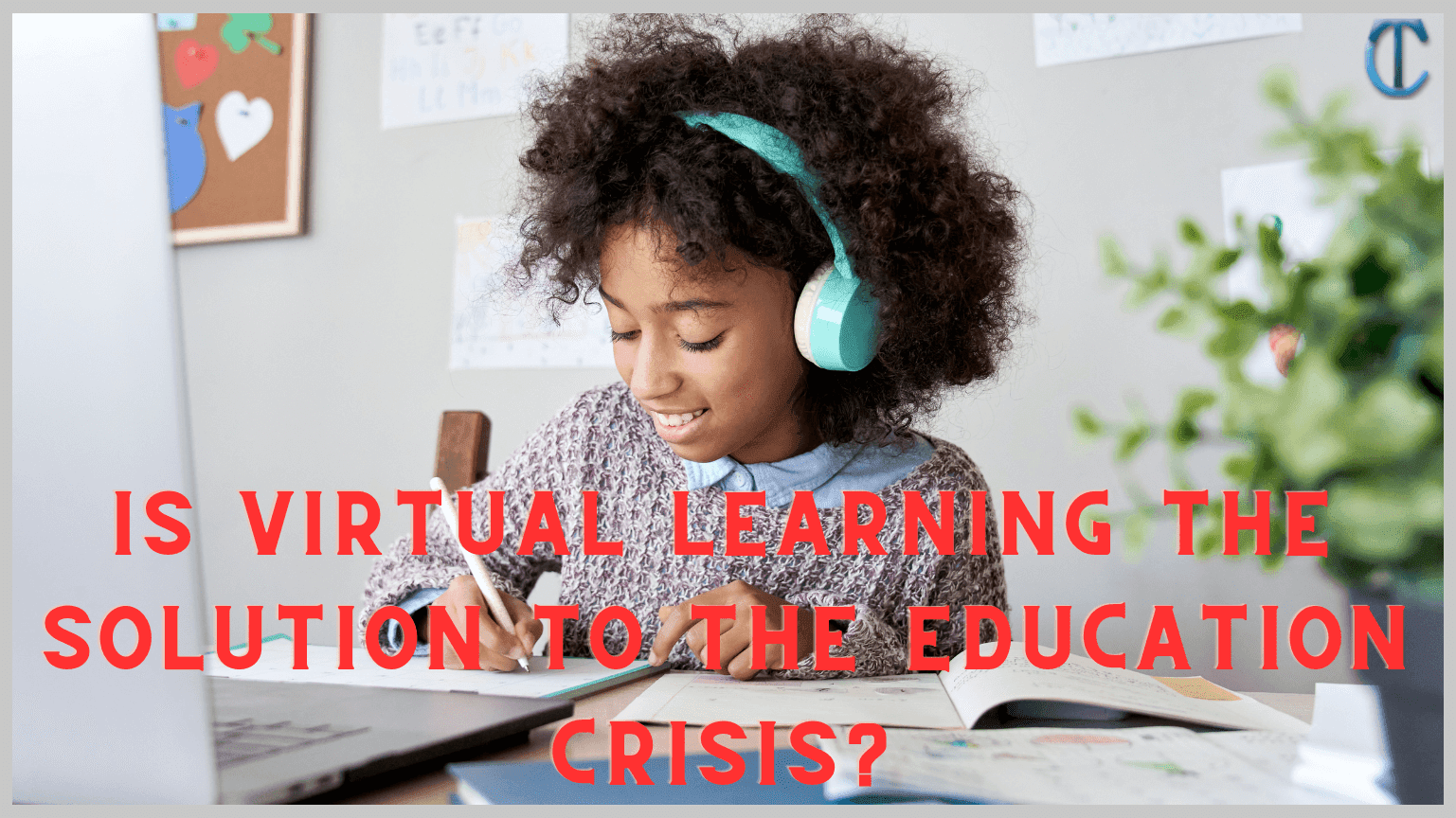Introduction
Aside from technical issues, more screen time, and isolation, virtual learning is a great option for students. However, it requires a certain level of self-discipline and dedication to succeed in this environment.
Education is a key factor in an individual's future earnings and in the economic vitality of nations. But if the COVID-19 pandemic disrupts traditional schooling, the impact could be severe.
Cost
Virtual learning is one of the most cost-effective ways to learn. It is often cheaper than traditional courses and requires fewer supplies. It also offers more flexibility than other methods of learning. Virtual learning can be done at home, on the go, or in a classroom setting. The only requirements are:
- A computer or tablet.
- A reliable Internet connection.
- An account with the course's virtual learning platform.
A student's ability to succeed in online learning depends on several factors, including motivation, staying focused, and access to resources. Students with a strong motivation to learn are more likely to be successful in online learning, especially if they have regular contact with their instructors. In addition, they are more likely to be successful in hybrid courses, which combine online and in-person instruction. Students in low-income households are less likely to have the necessary equipment and internet access for online learning. This can lead to a digital divide, which impacts student outcomes.
Convenience
Virtual learning allows students to learn from anywhere, at any time. It also saves money on transportation costs and textbook fees. It also allows students to work while taking classes, which may benefit their career advancement. Moreover, students can earn various degrees through online learning, from certificates and professional development to graduate and doctoral programs.
As the pandemic continues, we need to make significant short-term investments that will enable schools to compensate for the loss of ground during the coronavirus crisis (during the "relief" phase). We must also take the opportunity to invest in a new education model that understands the complexity of education production and its many components, untaps children's talents, works equally well for all, and reflects our value as a society.
The most important consideration in planning innovative instructional designs is ensuring that students and teachers can access the tools they need to learn. For example, a school surveyed families and found that 80-90% of the community had internet access at home. The district then partnered with the local internet provider to provide internet access for every student at home during their Virtual Learning Day. Other important planning considerations include:
- Providing the necessary equipment.
- Ensuring that all students have adequate Internet speeds.
- Offering flexible classroom options.
Flexibility
Unlike traditional classroom learning, which relies on in-person interaction, virtual education is self-paced. Students can access lectures and study at their own pace and even interact with instructors via chat or email. This flexibility allows students to work at a pace that suits them while ensuring they meet their course requirements. However, this type of learning requires a certain level of discipline and self-control.
The pandemic imposed substantial changes in the inputs used to produce education, including the ability of children to follow online classes, which require internet access and compatible devices. This new environment has exacerbated the digital divide, leaving low-income and Black and Hispanic children less capable of using online educational tools.
Despite these challenges, many schools have successfully implemented a virtual education model during the pandemic. This model is an excellent way to save money and time while providing high-quality instruction. However, it is important to note that this model requires a good amount of support from teachers and students, especially when it comes to ensuring that the technology works correctly.
It is also important to provide additional support for teachers and students new to online learning, such as a helpline and office hours. This will allow them a positive experience and ultimately improve student outcomes.
Accessibility
Virtual learning allows students to interact with instructors and peers from anywhere. It also allows them to study at their own pace whenever they want. While online learning may not be appropriate for everyone, it can provide a good alternative to traditional classrooms. It can even be a more effective way to learn.
As the education system shifts to a virtual model, educators and students should consider how this new learning mode can affect their educational goals. For example, reduced learning time has already impacted student achievement, as research on chronic absenteeism reveals. To ensure that students can stay engaged and continue receiving the rigor of instruction they need, schools should focus on reducing class sizes and staffing their buildings with qualified teachers.
Conclusion
Students' backgrounds and learning styles might be critical to their success with virtual learning. Schools should communicate with students and caregivers about the best times to connect with teachers before virtual learning days to avoid these challenges. They should also offer multiple connecting opportunities, including office hours and helplines. They should also ensure that students have access to the digital tools they need, such as a year-long subscription to a learning management system and offline access to their online activities.



Post A Comment:
0 comments: